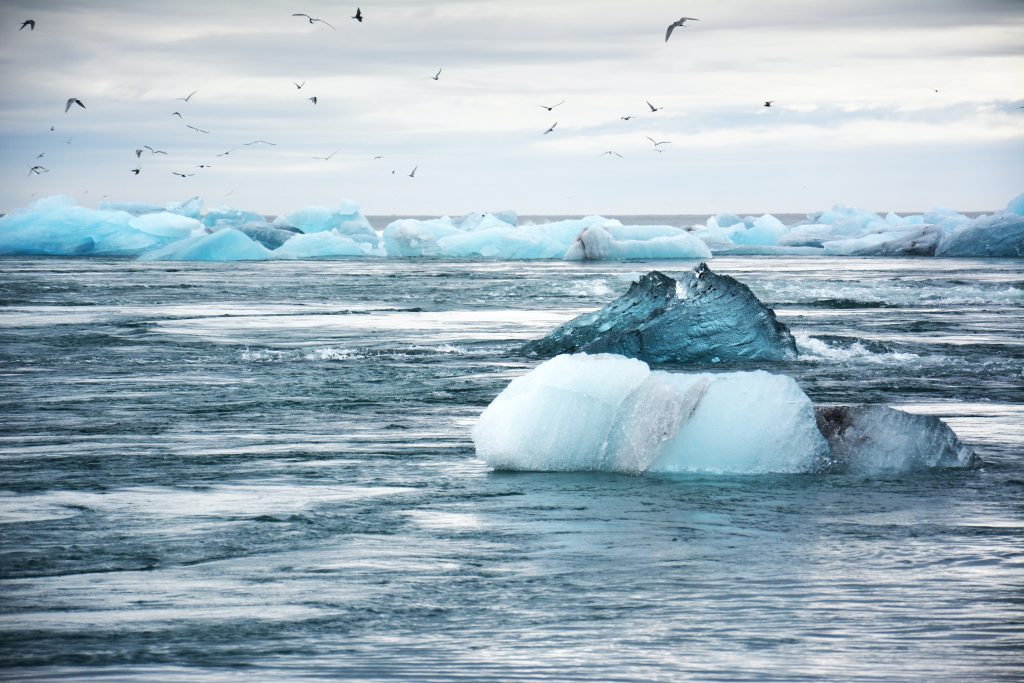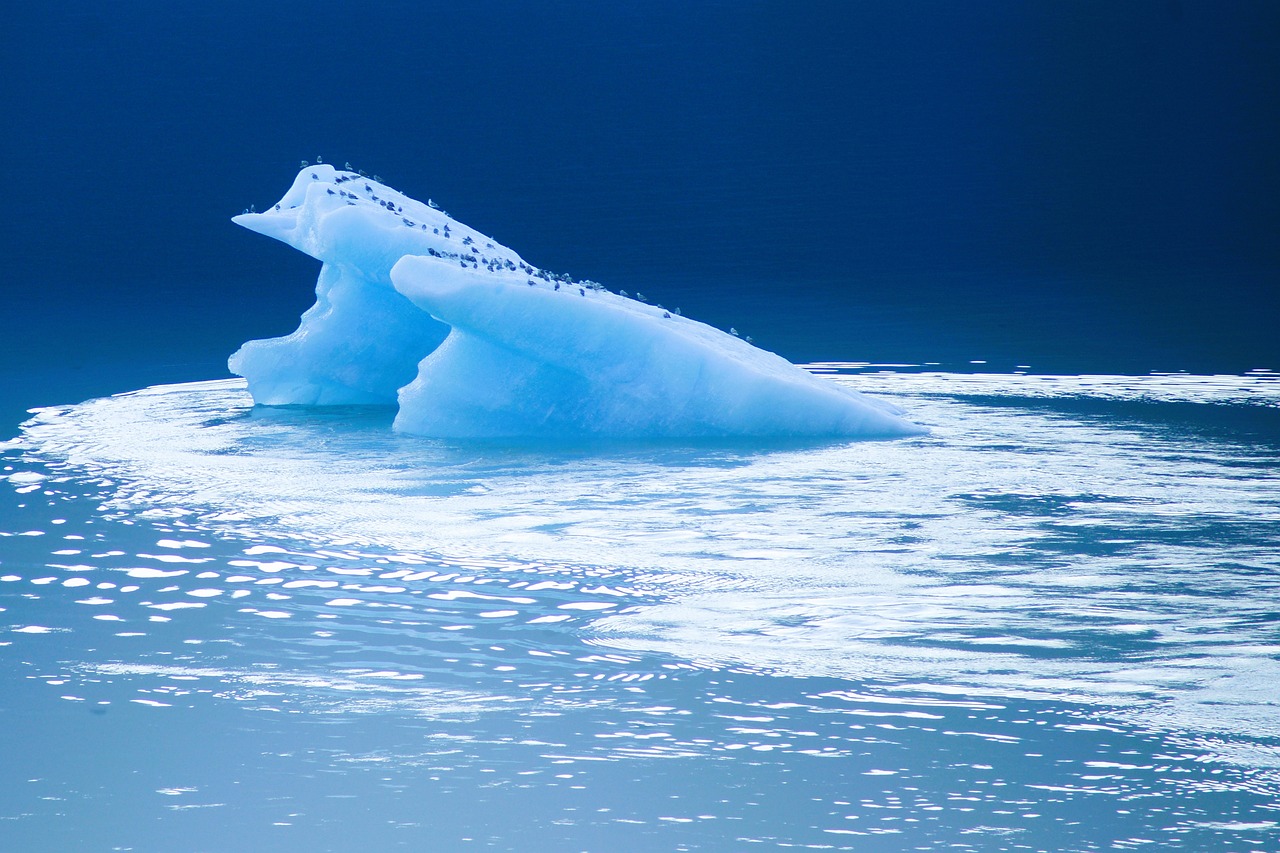As the planet’s temperature continues to rise due to human activities, scientists warn of the potentially catastrophic consequences of climate feedback loops, which can trigger a series of irreversible and self-reinforcing changes that accelerate global warming. The Arctic region, which is experiencing some of the most dramatic and visible impacts of climate change, is also a hot spot for feedback loops that could push the world closer to tipping points with far-reaching implications for the environment, the economy, and society.
In this article, we will explore the concept of climate feedback loops, the tipping points they can trigger, and their effects on the Arctic and beyond. We will also look at some of the actions that individuals and governments can take to prevent or mitigate these feedback loops and promote sustainability.
Table of Contents
ToggleWhat are Climate Feedback Loops?
Climate feedback loops are interactions between the Earth’s climate system and external factors that can amplify or dampen the effects of global warming. These loops can occur naturally or be triggered by human activities, such as the burning of fossil fuels and deforestation. Some of the most common feedback loops include:
- Ice-Albedo Feedback: The Arctic’s white ice sheets reflect sunlight back into space, helping to cool the planet. As the ice melts, however, the darker ocean water absorbs more heat, accelerating the melting process.
- Permafrost-Thawing Feedback: Permafrost is a layer of frozen soil that contains vast amounts of carbon, which is released into the atmosphere when it thaws. As more permafrost melts, more carbon is released, leading to further warming.
- Methane Hydrates Feedback: Methane hydrates are frozen deposits of methane gas that are stable under low temperatures and high pressure. As the Arctic warms, these deposits can become unstable and release large amounts of methane, a potent greenhouse gas that can cause even more warming.
- Ocean Circulation Feedback: The ocean’s currents and temperature patterns affect the climate by redistributing heat and moisture around the world. As the Arctic ice melts, the influx of fresh water can disrupt the ocean’s circulation, altering the climate patterns and potentially causing extreme weather events.
Tipping Points and Cascading Effects
The concern with climate feedback loops is that they can trigger tipping points, which are critical thresholds beyond which the Earth’s climate system undergoes abrupt and irreversible changes. Once a tipping point is reached, the system can enter a self-reinforcing cycle that leads to further warming and cascading effects that affect the Arctic and the entire planet.
For example, the Arctic’s ice sheets act as a heat sink that regulates the temperature of the surrounding ocean and atmosphere. If enough ice melts, the ocean’s circulation patterns can be disrupted, leading to extreme weather events, rising sea levels, and the release of more greenhouse gases from permafrost and ocean sediments. This, in turn, can lead to more warming and further melting, creating a feedback loop that can accelerate the process of climate change.
Effects on the Arctic and Beyond
The Arctic is experiencing some of the most visible and dramatic impacts of climate change, including melting ice sheets, disappearing permafrost, and the migration of wildlife and human communities. These changes are not only affecting the region’s ecosystems and biodiversity but also have far-reaching implications for the global climate and economy.
For example, the melting of the Arctic’s ice sheets is opening up new shipping routes and resource extraction opportunities, but it is also increasing the risk of oil spills and conflicts over territory and resources. The thawing of permafrost is releasing vast amounts of carbon and methane, which can accelerate global warming and affect food security and public health. The disruption of the ocean’s circulation patterns can lead to extreme weather events, such as hurricanes and drought, that can cause significant damage to infrastructure, crops, and communities.
In addition to these direct effects, the Arctic’s feedback loops and tipping points can also affect global climate policies and economic systems. For example, the failure to prevent or mitigate the melting of Arctic ice sheets can lead to a “boiling frog” scenario, in which the world gradually becomes less habitable and less prosperous, without realizing the urgency of the problem until it is too late.

Solutions and Actions
While the risks of climate feedback loops are significant and complex, there are also many actions that individuals, businesses, and governments can take to prevent or mitigate their effects. Some of these solutions include:
- Reducing carbon emissions: By reducing the amount of greenhouse gases that are released into the atmosphere, we can slow down the warming of the planet and prevent or delay the occurrence of feedback loops and tipping points.
- Promoting renewable energy: By investing in and using renewable sources of energy, such as solar, wind, and hydro power, we can reduce our dependence on fossil fuels and reduce the emissions that cause global warming.
- Protecting biodiversity: By preserving and restoring natural ecosystems, we can help maintain the resilience of the planet’s climate system and prevent the loss of important carbon sinks, such as forests and wetlands.
- Investing in research and innovation: By funding and supporting scientific research and innovation, we can develop new technologies and solutions that can help prevent or mitigate the effects of feedback loops and tipping points.
- Adopting sustainable practices: By adopting sustainable practices in our daily lives, such as reducing waste, conserving energy, and using public transportation, we can reduce our carbon footprint and contribute to a more sustainable future.
Conclusion
The dangers of climate feedback loops and tipping points are real and urgent, and their effects are already being felt in the Arctic and beyond. However, by taking action to reduce our carbon footprint, promote renewable energy, protect biodiversity, invest in research and innovation, and adopt sustainable practices, we can help prevent or mitigate the most catastrophic effects of global warming.
As individuals and as a society, we have a responsibility to act now and create a more sustainable and resilient future for ourselves and future generations. Only by working together and taking bold and decisive action can we ensure that the Earth’s climate system remains stable and habitable for all.








3 thoughts on “The Dangerous Tipping Points of Climate Feedback Loops: How They Affect the Arctic and the World?”
best dating website free dating sites totally free free foreign dating sites free
no fee date free site
Pingback: The Urgent Warning of Ice Sheet Collapse at Both Poles
Pingback: Uncovering Hidden Treasures and Threats: The Impact of Melting Glaciers and Permafrost - Sustainability Awakening